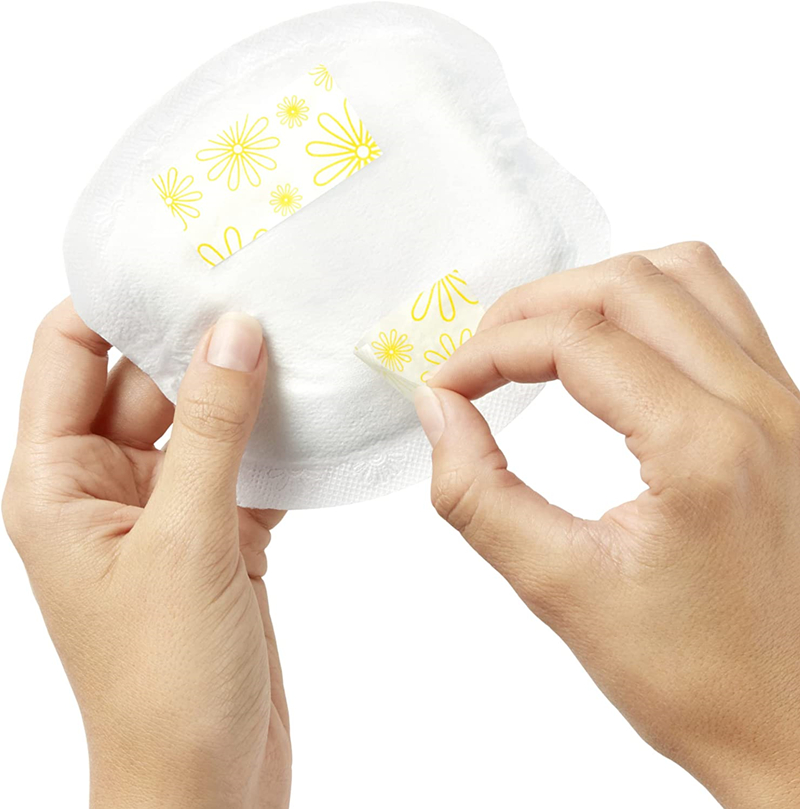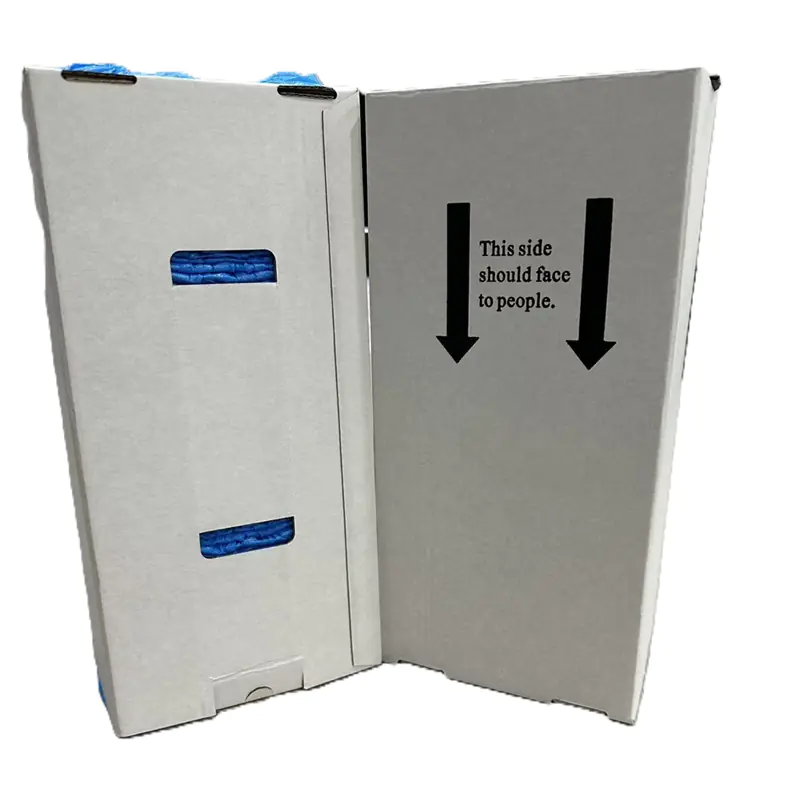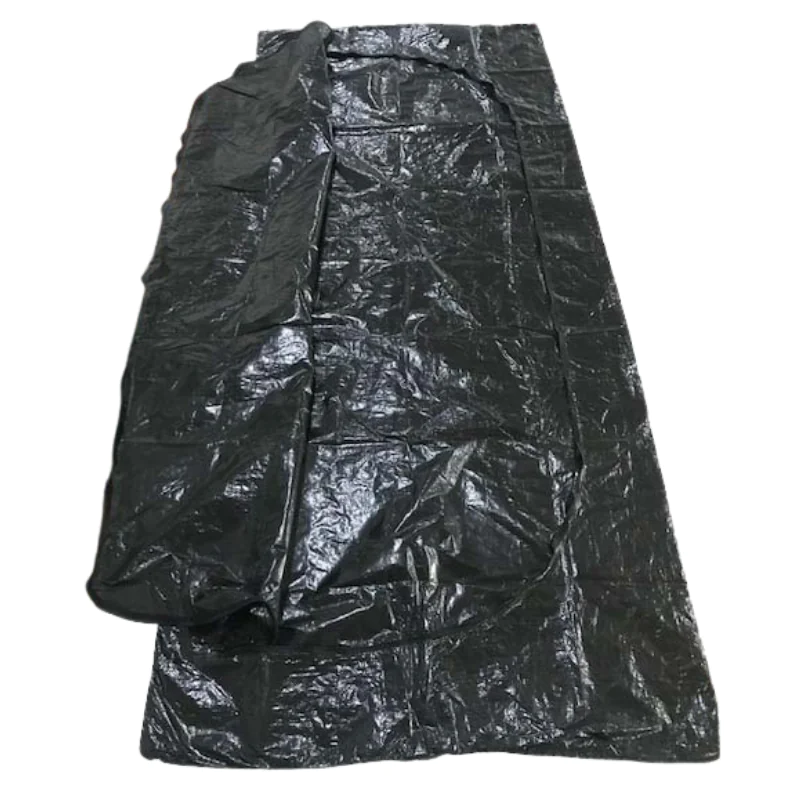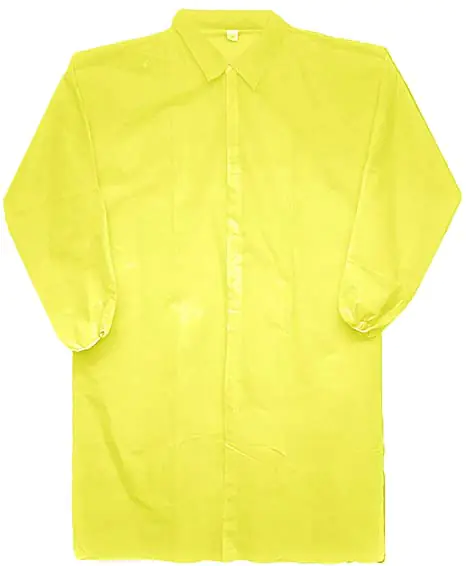소개
If you’re dealing with breastfeeding leakage and wondering how to keep your shirts dry, you’ve probably heard about nursing pads. But here’s the big question: are disposable nursing pads 또는 reusable nursing pads the better choice for you? Let’s dive into breastfeeding pads comparison and break down the disposable vs washable nursing pads debate to help you decide based on comfort & breathability, cost-effectiveness of pads, and more.
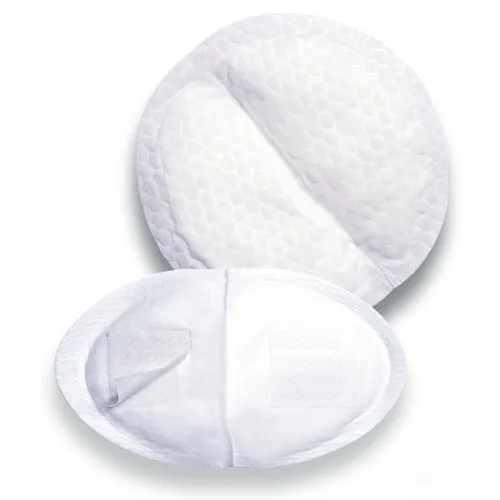
Overview: Disposable Nursing Pads
Disposable nursing pads are super handy. Here’s why they might catch your eye if you’re after nursing pad disposable ease of use:
- 편의성: Just use them and toss them out. No washing needed, which is great for nursing pad travel-friendly needs or nursing pad disposable hygiene.
- 흡수성: They often soak up more, especially for nursing pads for heavy leakage, thanks to their nursing pad absorption speed 그리고 nursing pad quick absorption.
- 여행: Perfect for trips as they’re nursing pad travel packs or individually wrapped.
But there are downsides to consider with disposable pad waste:
- Environmental Cost: They add to trash since most aren’t nursing pad disposable biodegradability-friendly, impacting disposable pad waste reduction.
- Long-Term Cost: With a price of $0.10–$0.50 per pair, they can pile up in terms of nursing pad long-term cost.
- Skin Issues: About 12% of users report skin irritation risks from synthetic materials, affecting nursing pad skin sensitivity.
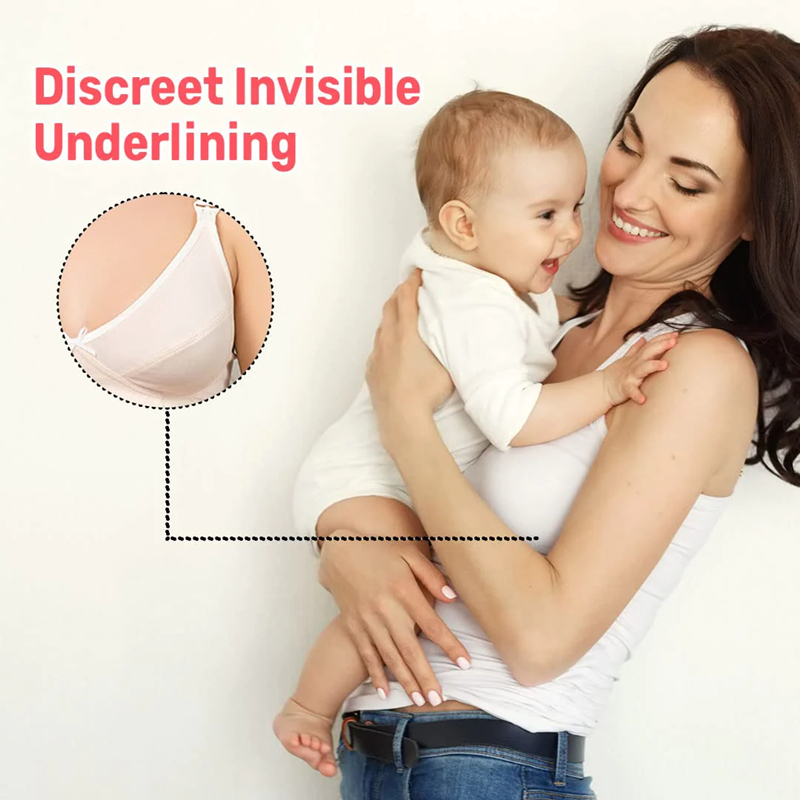
Overview: Reusable Nursing Pads
Reusable nursing pads offer a different vibe, especially with eco-friendly nursing solutions. Here’s why they might work for you:
- 친환경: They cut down waste with a 67% lower carbon footprint, perfect for nursing pad sustainability 그리고 sustainable breastfeeding choices.
- 비용 효율적: Priced at $5–$20 for multiple pairs, they last months, making them nursing pad budget-friendly options as seen in cost-per-use analysis.
- Skin-Friendly: Often made of cotton vs. bamboo nursing pads 또는 organic nursing pads, only 4% report irritation, great for nursing pad for sensitive skin.
However, there are challenges with reusable pad durability:
- Maintenance: You need to wash them, which adds to washing & maintenance 또는 nursing pad laundry maintenance.
- Absorption: May not hold up as well for nursing pad overnight leakage, often needing frequent changes.
- Odor Risk: If not cleaned right, bacterial growth concerns 또는 odor risk can pop up, affecting hygiene & odor control.

Key Comparison Factors
Let’s compare disposable vs. reusable tradeoffs across important areas like nursing pad absorbency levels 그리고 nursing pad materials to see what suits your active lifestyle compatibility 또는 working mom needs:
- Absorbency & Leak Protection
- Disposable: Handles heavy milk flow better with nursing pad effectiveness 에 대한 nursing pad for high milk supply.
- Reusable: Might need more swaps due to varying nursing pad absorption capacity 또는 pad leakage incidents.
- Comfort & Feel
- Disposable: Thinner for nursing pad thickness for discretion, but less cozy in nursing pad comfort level 또는 nursing pad comfort rankings.
- Reusable: Softer with nursing pad softness 그리고 nursing pad skin-friendly fabrics, ideal for breastfeeding comfort.
- Cost Comparison
- Disposable: Costs $0.10–$0.50 per pair, adding up in nursing pad cost comparison 그리고 nursing pad bulk price comparison.
- Reusable: $5–$20 lasts 3-6 months, better for nursing pad bulk purchase savings 그리고 long-term savings.
- Convenience & Lifestyle Fit
- Disposable: Best for nursing pad travel convenience 그리고 nursing pad for working moms 또는 nursing pad daily usage needs.
- Reusable: Fits eco-conscious moms at home with nursing pad reusable care tips 같은 nursing pad washing instructions.
- 환경 영향
- Disposable: Adds to disposable pad waste 그리고 nursing pad disposable landfill impact, a big nursing pad environmental footprint.
- Reusable: Washed and reused, making them nursing pad eco-conscious options with a focus on disposable waste reduction.
Check out related products for new moms:
- Cotton Disposable Underwear/Panties/Briefs 에 대한 postpartum comfort.
- Disposable Bra and Panties 에 대한 convenient nursing wear.
- Disposable Underwear for SPA 에 대한 travel-friendly hygiene.
- Disposable Panties for Travel to match nursing pad travel-friendly needs.
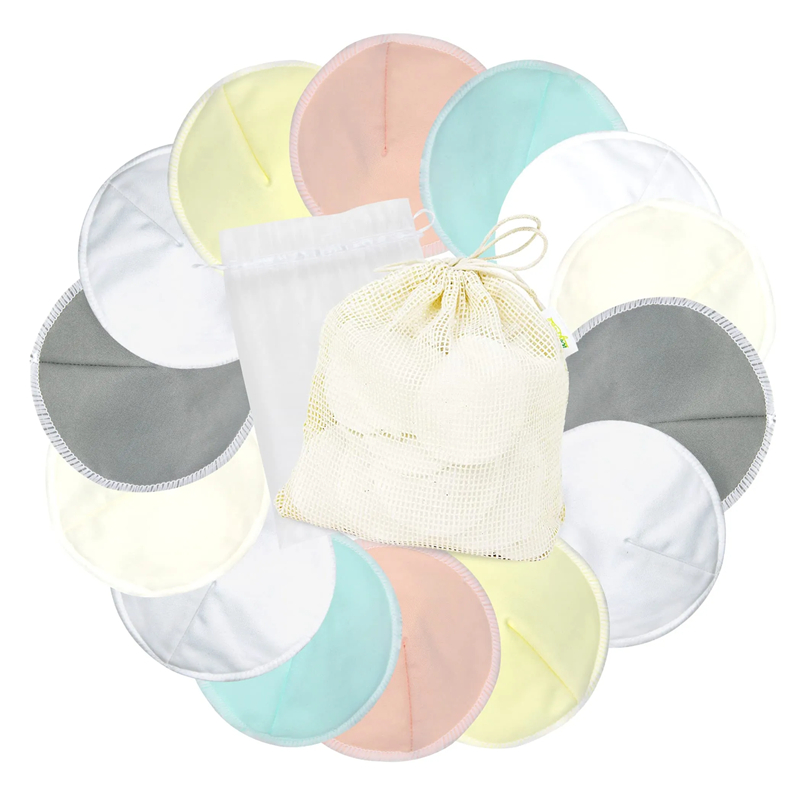
Who Should Choose Which?
- Best for Disposable: Busy moms needing nursing pad disposable ease, travelers, or those with heavy leakage looking for nursing pads for heavy leakage. They win in user comfort preferences during the initial postpartum period (58% prefer them).
- Best for Reusable: Moms caring about the planet, with skin sensitivity concerns, or wanting nursing pad reusable lifespan savings (42% switch for this). Great for nursing pad for active moms with latex-free nursing pads.
User Tips & Recommendations
For customer satisfaction ratings, follow these ideas based on nursing pad user experiences:
- If using disposable nursing pads, pick nursing pad hypoallergenic options 또는 unscented ones to avoid nursing pad irritation testimonials and ensure nursing pad skin dryness.
- If using reusable nursing pads, wash with mild detergent as per nursing pad reusable washing guidelines to stop odor neutralization issues or nursing pad rash complaints.
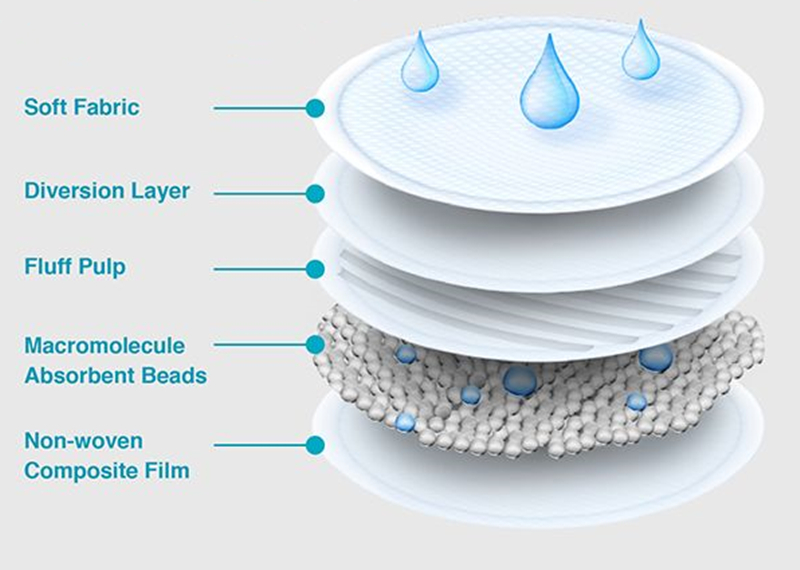
Final Verdict: Which is Better?
So, which is better—disposable or reusable nursing pads? If you want short-term convenience 그리고 nursing pad overnight protection, go for 일회용 with nursing pad adhesive strength 그리고 nursing pad stay-in-place design. But for long-term savings & eco-friendliness, reusable wins with nursing pad cloth vs. synthetic options and nursing pad reusability trials. It’s all about your needs—nursing pad fit issues, nursing pad daily use, or nursing pad for exercise lifestyle.
| Comparison Factor | Disposable Nursing Pads | Reusable Nursing Pads | Key Insight |
| Cost Per Use | $0.10–$0.50 per pair | $5–$20 for multiple pairs (3–6 months) | Reusable saves money long-term. |
| 환경 영향 | Non-biodegradable; landfill waste | 67% lower carbon footprint | Reusable is more eco-friendly. |
| 흡수성 | Better for heavy milk leakage | May need frequent changes | Disposable for heavy milk flow. |
| Skin Irritation Risks | 12% report issues (synthetic) | 4% report issues (softer fabrics) | Reusable for 민감한 피부. |
| Convenience Factor | No washing; travel-friendly | Needs regular laundering | Disposable is more convenient. |
| User Preferences | 58% prefer for early postpartum | 42% switch for savings | Depends on breastfeeding stage. |
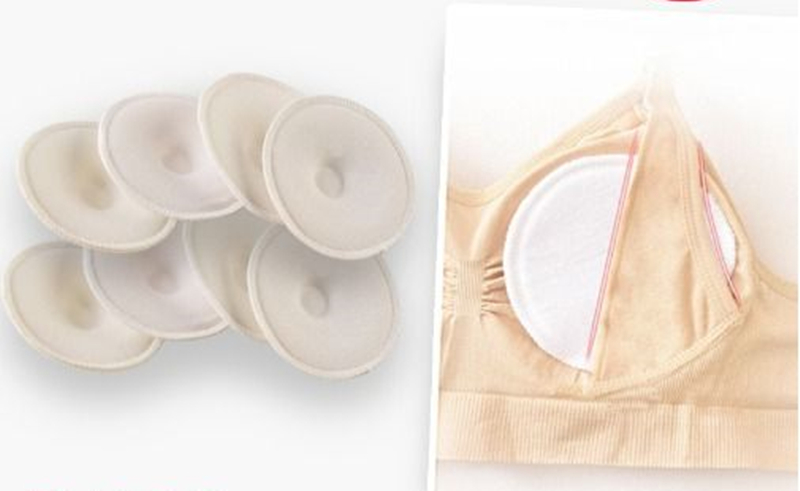
FAQs About Nursing Pads
- How often should I change nursing pads like during breastfeeding hygiene practices?
Change every 2–4 hours or when they’re wet to keep hygienic nursing pads and avoid nursing pad rash prevention issues.
- Can reusable pads cause infections due to odor risk or bacterial growth concerns?
Only if not cleaned well. Follow nursing pad laundry durability tips to maintain odor-control nursing pads.
- Do disposable pads stick to clothes with adhesive vs. non-adhesive pads or sticky vs. non-sticky designs?
Many have adhesive for a nursing pad sticky fit to stay in place as part of nursing pad discretion.
- Can I use reusable pads overnight for overnight leakage protection?
Yes, if they have good nursing pad waterproof backing 그리고 nursing pad breathability 에 대한 nursing pad overnight use.
- Are there organic disposable pads among eco-conscious options for sustainable choices?
They’re rare, but some offer nursing pad disposable biodegradability for less nursing pad environmental concerns.

